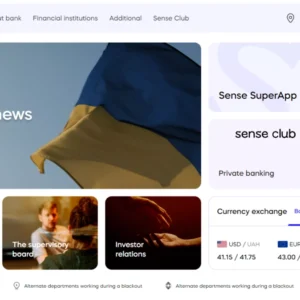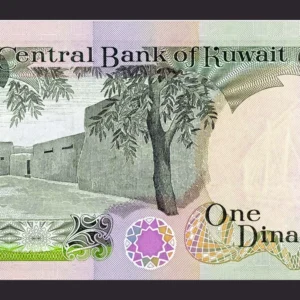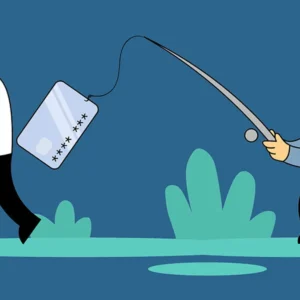When we hear the word “assets,” we usually imagine something physical: buildings, vehicles, computers. However, there is another type of asset that cannot be touched or seen, yet holds significant importance for a business. These are intangible assets, whose characteristics and types we will discuss in more detail today.
What Are Intangible Assets
Intangible assets are resources that add value to a company but do not have a physical form. They can include intellectual property, brands, patents, copyrights, trademarks, databases, as well as the unique skills and knowledge of employees.
Intangible resources are various assets a business owns that cannot be utilized as property or moved like equipment.
Earlier we wrote: What is Vishing and How to Avoid Cyber Scams?
Video on Intangible Assets
The use of intangible assets requires knowledge in finance, entrepreneurship, and law. We recommend watching the seminar where you will not only learn more about what assets are and how they are used, but also how to use them correctly to develop your business.
Intangible Assets: Types
Intangible assets are a type of asset that has no physical form but plays an important role in a company’s business activities and can bring economic benefits in the future. Most often, these assets are divided into the following types:
- Rights to use natural resources;
- Rights to various industrial property objects;
- Rights that allow the owner to use property;
- Rights granted for various types of commercial designations;
- Copyrights.

Intangible Assets: Examples
Let’s take a look at some of the most commonly used intangible assets by modern companies.
Example 1: Trademarks
Trademarks are special signs used by companies to identify their goods or services and distinguish them from those of competitors. For example, logos or brand names that are recognized and have a reputation in the market.
Example 2: Patents
Patents are rights granted by the government for an invention, providing the inventor with exclusive rights to use, produce, or sell their invention for a certain period.

Example 3: Copyrights
The main purpose of copyrights is to protect original works of art, literature, music, software, etc. Copyrights give the author exclusive rights to use and distribute their creations. For example, albums by “The Beatles,” photographs by Ansel Adams, or the film “Titanic” directed by James Cameron – all are subjects of copyright.
Example 4: Goodwill
Goodwill is the premium a buyer is willing to pay over the book value of a company’s assets during acquisition, reflecting the company’s reputation, customer base, client relationships, and other factors.
Example 5: Licenses
Licenses are permissions granted to use someone else’s intangible assets, such as patents, trademarks, or copyrights, under agreed terms.
Example 6: Trade Secrets (Know-How)
Know-how refers to confidential information containing unregistered inventions, formulas, practices, processes, designs, tools, or databases that are valuable to the company. For example, the Coca-Cola formula or the “Just in Time” production system developed by Toyota’s managers.
Example 7: Software
They can include proprietary or licensed software products used to manage business processes, analyze data, serve customers, and perform other tasks within the company. Assets in this category include software like Windows, macOS, Linux, development tools such as Microsoft Visual Studio, JetBrains IntelliJ IDEA, or Eclipse, and ERP (Enterprise Resource Planning) or CRM (Customer Relationship Management) systems.
Summary
Intangible assets are extremely important for business. These resources lack a physical form and can include intellectual property, brands, patents, copyrights, and unique knowledge. They play a key role in creating value and competitive advantage for a company. Effective use and management of such assets can significantly contribute to the innovative and financial growth of an organization.
Questions and Answers About Intangible Assets
Intangible assets are company resources that have value but no physical form, such as patents, brands, and knowledge.
They can represent a significant portion of a company’s value, impacting its competitiveness and innovative capabilities.
A company can use them to create new products, increase brand recognition, and protect its innovations.
Yes, many companies buy and sell intangible assets, such as patents or trademarks.
To assess intangible assets, one must analyze market value, the income the asset can generate, and evaluate its uniqueness in the market.













